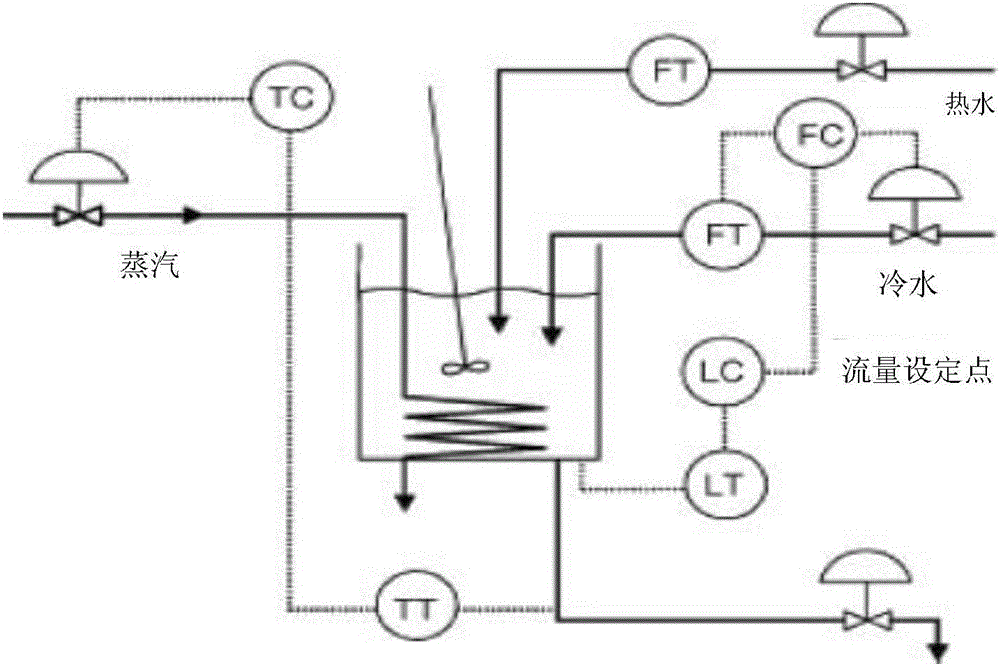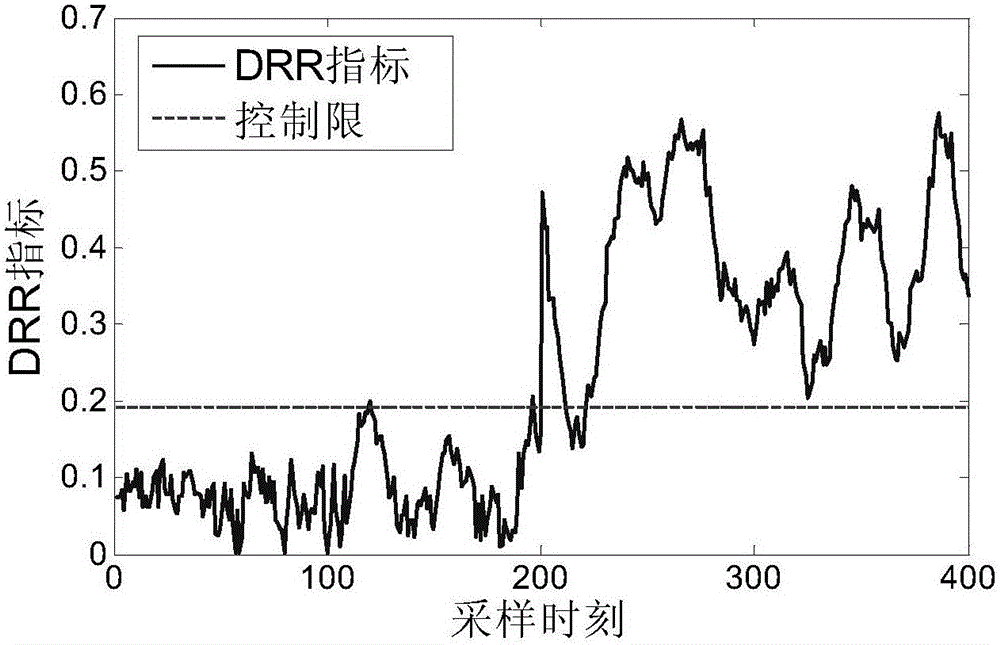Method and system for fault separation of blast furnace under multiple working conditions based on sparse contribution graph
A fault isolation, multi-condition technology, used in electrical testing/monitoring, etc.
- Summary
- Abstract
- Description
- Claims
- Application Information
AI Technical Summary
Problems solved by technology
Method used
Image
Examples
no. 1 example
[0049] figure 1 It is a schematic flowchart of a method for separating faults in a blast furnace under multiple working conditions based on a sparse contribution map according to the first embodiment of the present invention. figure 1 to describe each step of this implementation in detail.
[0050] In step S110 (the word "step" is omitted below), normal data corresponding to each detection variable under different working conditions are collected as a training sample set.
[0051] Taking the blast furnace system as an example, normal data corresponding to different detection variables under different working conditions are generally collected from the process database. The detection variable is the physical quantity to be collected by the sensors installed in the blast furnace system, such as furnace top pressure, hot air temperature, cold air flow, cold air pressure, soft water temperature, hot air pressure, etc. There are about 30 detection variables. Since this step does ...
no. 2 example
[0099] Figure 7 It is a schematic structural diagram of a blast furnace multi-condition fault separation system based on a sparse contribution map according to the second embodiment of the present invention. Reference below Figure 7 The components and functions of this system are explained.
[0100] like Figure 7 As shown, the system includes a data collection module 71, a dictionary augmentation module 73 connected to the data collection module 71, a sparse coding module 75 connected to the dictionary augmentation module 73, a fault detection module 77 connected to the sparse coding module 75, and The fault isolation module 79 is connected to the fault detection module 77 . The data collection module 71 , dictionary augmentation module 73 , sparse coding module 75 , fault detection module 73 , and fault separation module 79 of this embodiment execute steps S110 , S120 , S130 , S140 and S150 of the first embodiment, respectively. It will not be expanded in detail here. ...
PUM
 Login to View More
Login to View More Abstract
Description
Claims
Application Information
 Login to View More
Login to View More - R&D Engineer
- R&D Manager
- IP Professional
- Industry Leading Data Capabilities
- Powerful AI technology
- Patent DNA Extraction
Browse by: Latest US Patents, China's latest patents, Technical Efficacy Thesaurus, Application Domain, Technology Topic, Popular Technical Reports.
© 2024 PatSnap. All rights reserved.Legal|Privacy policy|Modern Slavery Act Transparency Statement|Sitemap|About US| Contact US: help@patsnap.com










